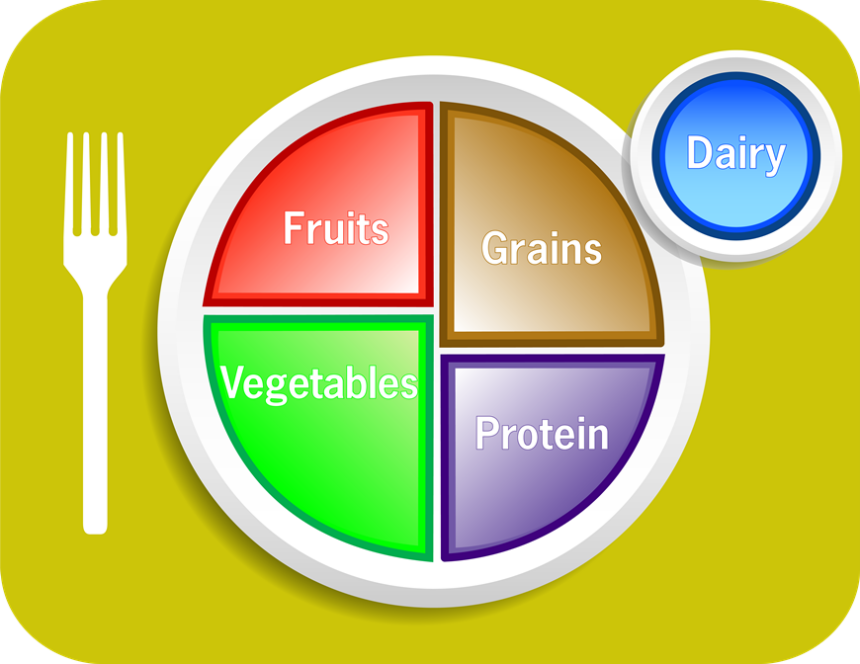4 Simple Nutrition Tips to Drop Excess Weight
Updated January 9, 2025
Have starchy or calorie-laden comfort foods become your “go-to?” If your nutrition has suffered and your wardrobe consists of stretchy pants, maybe it’s time to look at your eating and snacking habits. Here are a few nutrition facts you might not be aware of— plus, get new snack options at the end.
Protein
Protein is one nutrient that provides calories (the other two are fat and carbohydrates). While we often think of eating lean chicken or fish, including eight ounces of seafood per week to your protein diet (less for children) is recommended. Seafood is high in nutrients and omega-3 fatty acids, EPA, and DHA, which help prevent heart disease. Examples include salmon, Pacific oysters, trout, or Atlantic and Pacific mackerel. It’s tasty and healthy at the same time!
Whole Grains
Make it a habit to read labels, and if you have children who can read, make it a game as you shop. When you’re looking for bread or pasta, the first ingredient on the label must be “whole.” If it says “enriched,” it’s not a whole grain. Whole grains contain the entire grain kernel (bran, germ, and endosperm) and will keep you satisfied longer. Enriched/refined grains are processed to remove the bran and germ. However, you lose dietary fiber, iron, and B vitamins. White flour, white bread, and white rice are all refined products.
Eat Your Veggies
Don’t be stuck in a rut; vary your veggies—and the more fresh and colorful, the better! Whether you prefer your veggies raw or cooked, fresh, frozen, canned, or even 100% vegetable juice, eat between one to three cups of vegetables daily. (This amount depends on age, gender, and how physically active you are.)
As with whole grains, the fresher and less processed, the better—think farmers’ market or even grow your own! And the best part? Most veggies are low in fat and calories and don’t contain cholesterol. They also contain fiber which can help you feel full while consuming fewer calories.
Drink Up!
And finally, drink water! It’s not a “nutrition” tip, but it will help your body function better with all the good nutrition you’re now consuming. Yes, drink at least eight 8-ounce glasses of water every day throughout the day. One thing to remember, if you’re feeling thirsty, you’re likely already becoming dehydrated.
If you don’t like drinking water or it’s not a habit yet, try these tips. Buy a good reusable water bottle that you can refill, try drinking through a straw, or add ice cubes so it’s cold. Even add a slice or two of lemon, lime, or other fruits to give it more flavor.
Bonus: Don’t Forget Healthier Snacks
Planning ahead and portioning your snacks can help you make healthier choices throughout the day. For nutritious, easy-to-make snack ideas to keep you energized, check out Allrecipes: 20 Healthy Homemade Snacks.
Now that you know how to choose good nutrition, keep going and find other ways to add healthy choices to your diet! Remember the food pyramid? Myplate.gov is a good resource for dietary guidelines.
If you need help getting started, talk to your physician about planning a nutritious diet, taking into consideration your gender, age, and body mass index (BMI).

